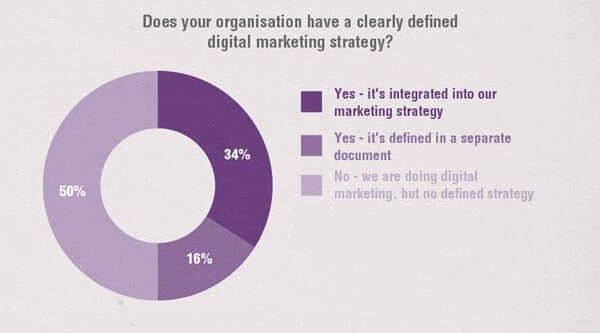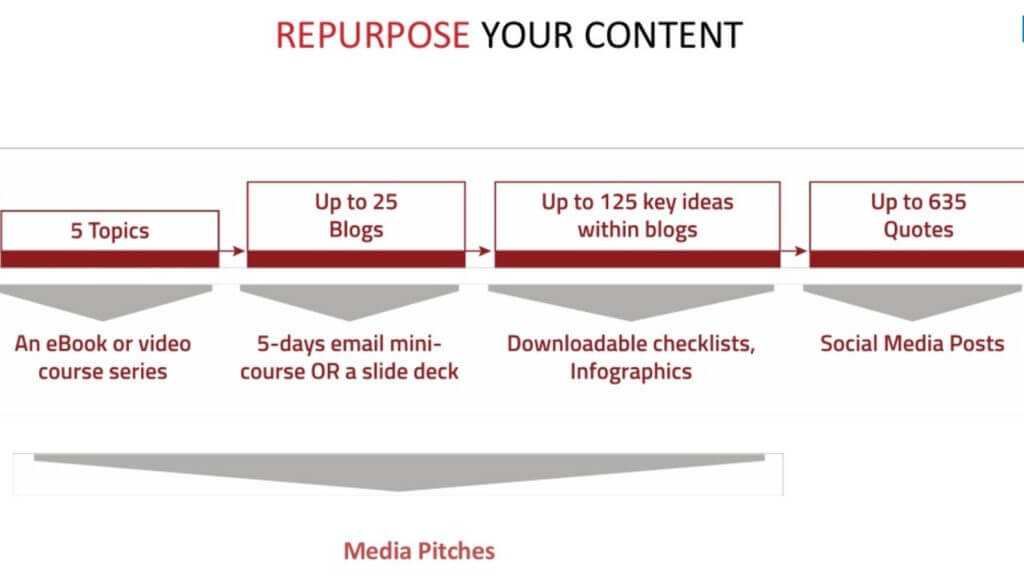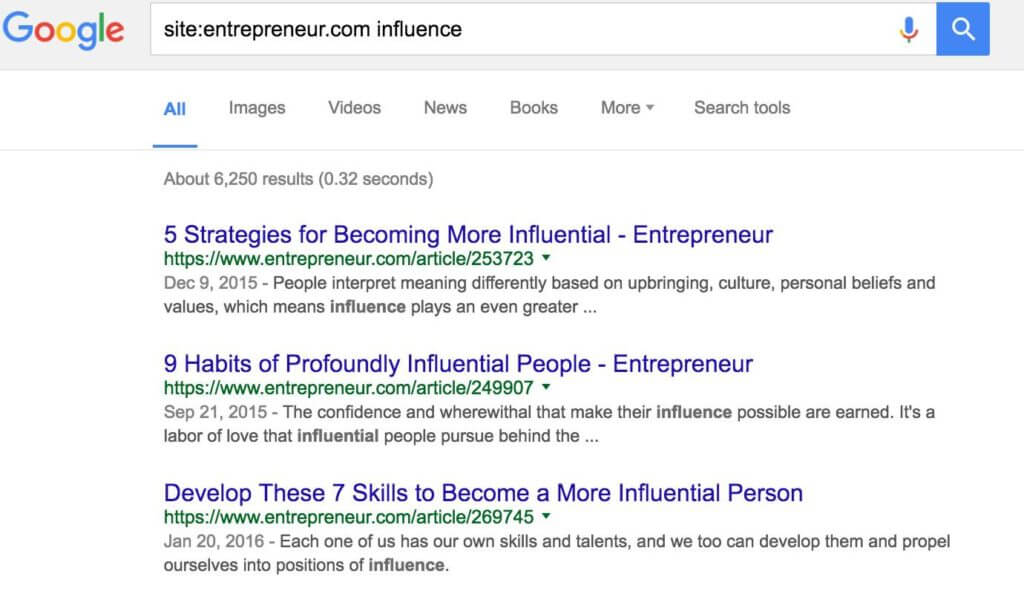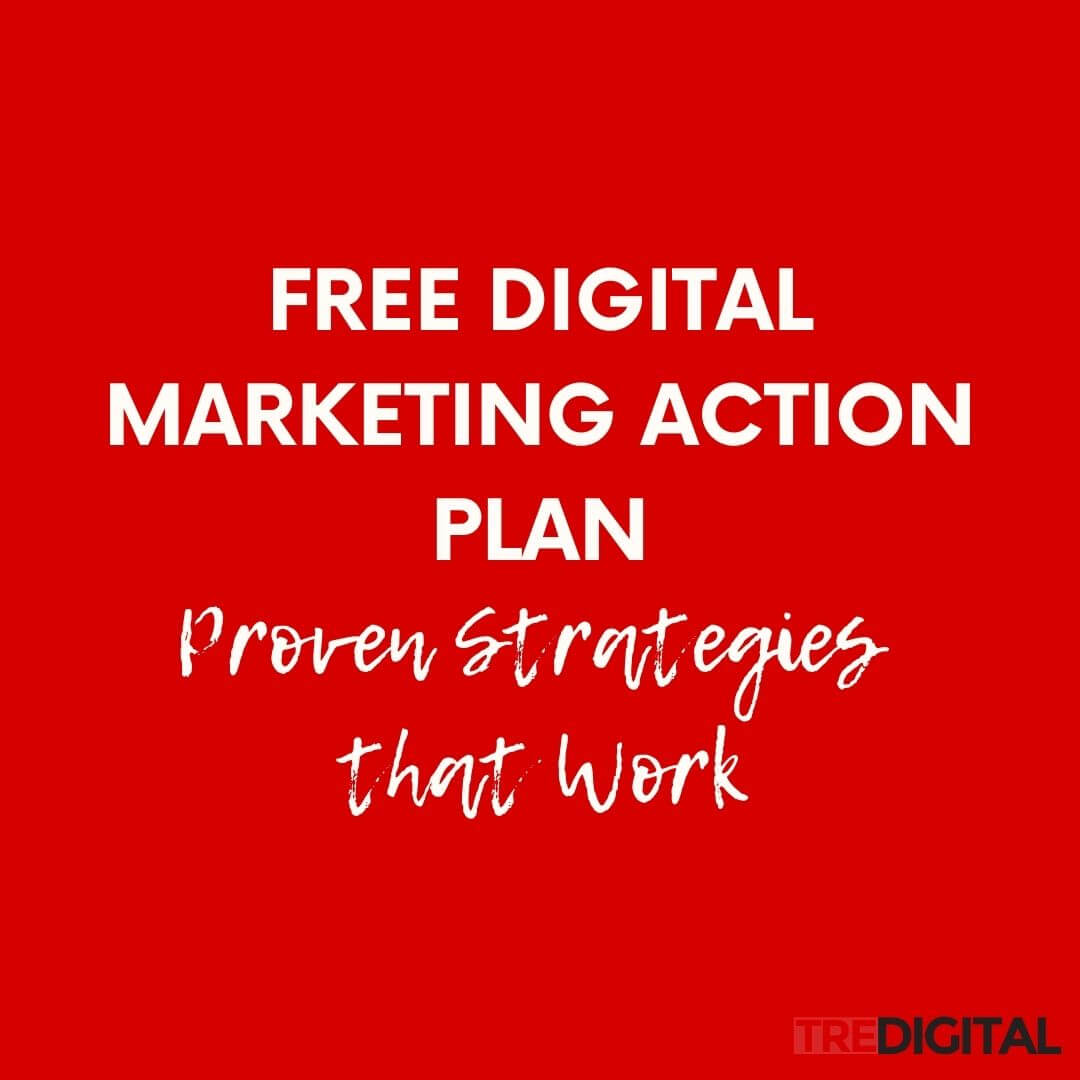When my then 6-year-old daughter saw a picture of me in a print magazine she immediately proclaimed: “Mommy is famous”.
I chuckled at her comment and quickly forgot about it.
Several days later I was asked by one of the parents in my daughter’s class if I were famous. My kid was so excited about the article that she told everyone at school about it…
When my article appeared in Forbes, it confirmed my suspicion that one media article can create a greater perception of influence than the entire 14-year Microsoft career and entrepreneurial accomplishments combined.
Building influence is hard work. It requires changing your work habits and developing many other skills such as strategic thinking, writing, speaking and presentation skills.
Media coverage is also a central part of the Influence building plan, In December of last year, PR outreach became an integral part of my own strategy.
In this article, I summarized my top lessons from working with media and PR.
Table of Contents
Toggle1 – Hire a great Public Relations firm
There is no shortage of articles on how to “hack PR”. Some are fairly good, others are outright terrible.
It is possible to earn media attention doing it yourself. However, unless you are an experienced marketer, your Do-It-Yourself PR campaign may annoy the reporter instead of building the connection with her.
[bctt tweet=”Your DIY PR campaign runs a risk of annoying the reporter instead of building connection with her” username=”tredigital”]
Having a sensational success story and a well-thought through media outreach plan may draw media attention.
However, Wall Street Journal is not likely to call you back until you earn their attention by gradually building your credibility.
If you are not willing to wait or work long hours executing your PR outreach, you may choose to hire a PR firm to represent you.
Two weeks after asking one of the successful PR companies for help I was invited to write for three top media outlets.
Working with an experienced PR partner will accelerate connections with the right journalists and facilitate the conversations if you get stuck.
They will also share invaluable insights on the overall media engagement process that will serve you well in the long run.
Before you start you looking for a PR firm, develop specific goals and realistic expectations.
Stay away from anyone who guarantees media coverage and ask for examples of prior successes in your industry.
2 – Learn to write “on demand”
Recent study showed that 50% of organizations do not have a documented content plan.
Writing is much easier if you write when you have inspiration for a blog. While this is better than not writing at all, written content strategy maximize the effectiveness of your content.
You may be invited for an interview with a journalist writing an article.
In quite a few cases you will need to write and submit your own story.
When you write for a publication, you will be at the mercy of their deadlines and pre-defined topics. You may be asked to turn an article around in just a few days or presented with a number of very narrow topics to choose from.
Learning to write on demand and follow tight deadlines will prepare you for the media game.
The more prepared you are, the higher your chances of success are.
Create a formal content plan and practice writing “on demand” vs. when inspiration hits.
3 -Experiment with different types of content (style, length, format)
Every media outlet has well-defined editorial guidelines.
[bctt tweet=”Every media outlet has its own strict editorial guidelines ” username=”tredigital”]
Some publications will only accept blogs over 1000 words, others will not take post any longer than 700 words.
Some are looking for practical hands-on or “how to” guides, others prefer inspirational content, lessons learned, industry thought leadership pieces.
The voice for each publication is different. It can be quite formal or technical or conversational.
Most of the publications will ask you for examples of your writing that matches their style and their audience interests before accepting your pitch.
Practice producing different blog formats as well as developing your unique style with the final publication in mind.
When the time is right, you will be able to show examples, even if you are not in WSJ yet.
Think through creative ways to repurpose your existing content. Create different types of content that are aligned with your media pitches and social media strategy.
4 – Follow trends and react on the spot
A few weeks ago Entrepreneur.com called to interview me on how we run a remote business. During this conversation I learned that their entire week’s content was focused on Digital Nomads.
I dropped everything I was doing and wrote an article on lessons I learned being a Digital Nomad myself. That article was published almost immediately.
Most of the media outlets work on a defined editorial calendar. The content you create for them must fit into their overall plan.
If you are paying close attention to your target publications, you will learn to recognize patterns in their editorial calendar.
One of my favorite ways of finding articles on a particular topic in my target publication is running a Google query for the keyword phrase.
For example, you can see all of the top Entrepreneur.com articles regarding “influence” by typing site:Entrepreneur.com influence
Map your own editorial calendar to the big industry publications.
Not only it will help with getting media attention, but also with receiving more social shares and audience engagement.
5 – Focus on more than just traffic
The most common belief is that earned media helps with improving SEO.
Yes, gaining a link back from one of the top publications will help in the long run.
[bctt tweet=”Gaining a link back from Top Tier media helps with SEO in the long run” username=”tredigital”]
You may even see a boost in traffic for a few days following your article.
Our site traffic quadruples on the day of my media appearance. However, it goes back to normal a few days after.
The real benefit of writing for top publications is the long term credibility and social proof. It can only come with being an Entrepreneur.com or Forbes contributor.
A media interview on on the topic related to your media expertise typically results in a spike of activity and traffic to your site.
When it happens, make sure that your website is ready to capture this traffic.
As a minimum, create a way for the audience to get in touch with you or design a lead magnet to entice the audience opt-in.
If you are feeling more adventurous, add a remarking campaign to connect with those who visited your site, but never took an action.
6. Build large and engaged audience
The size of your audience is frequently one of the criteria journalists will use while evaluating your pitch.
[bctt tweet=”Media will love you if you have a large and engaged audience.” username=”tredigital”]
Make sure that your social media profiles are up-to-date with the latest news on your successes.
Create a strategy to build your social media following and engage with your audience.
If you are new to social media, your audience building progress may be slow. Focus on the end game – if you are consistent, it will pay off big time.
In addition to social media and your own blog, publish your content on other thought leadership platform.
Medium and Product Hunt are gaining a lot of momentum.
Sharing your content on Medium will improve your chances of gaining media attention.
7. Build on your successes
Once you have a few articles under your belt, you become more desirable to other publications.
Create a press page to showcase your top media appearances.
Include your media page in your email signature and share the links to the top articles in your media pitches.
You may now see journalists proactively requesting an interview or an article. However, stopping your own active media outreach will be a big mistake.
This is also a perfect time to reassess and elevate your goals.
Stay true to your thought leadership focus and the top industry publications.
Reach out to them regularly with proposed ideas and topics. Look for opportunities to become a regular contributor.
CONCLUSION
It takes time to gather enough influence to be considered for top media coverage. The best way to prepare for it is to develop strong habits of creating remarkable content, building and engaging your audience. If you are looking to grow your own thought leadership with social media and PR schedule a FREE intro session.













